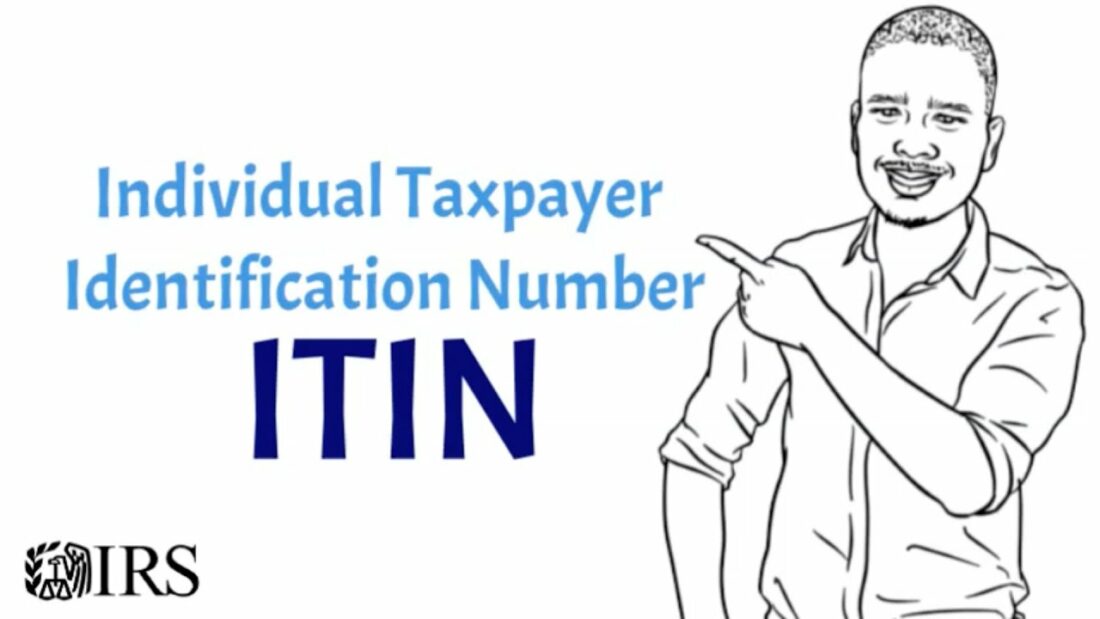Individual Taxpayer Identification Number (ITIN) is a tax identification number issued by the Internal Revenue Service (IRS) to individuals who are required to have a U.S. taxpayer identification number but are not eligible for a Social Security Number (SSN).
ITINs are used solely for tax purposes and do not authorize work in the United States or provide eligibility for Social Security benefits or the Earned Income Tax Credit. If you are eligible for a Social Security Number, you should not apply for an ITIN.
Who needs an ITIN?
You need an ITIN if you are not eligible for a Social Security Number but have a tax filing requirement in the United States. This includes:
- Nonresident aliens who have U.S. tax filing obligations
- Dependents or spouses of U.S. citizens or resident aliens
- Dependents or spouses of nonresident aliens on a U.S. visa
- Nonresident aliens who own U.S.-based rental property
- Nonresident aliens who have U.S.-based bank accounts or investment accounts
How to apply for an ITIN?
To apply for an ITIN, you must complete Form W-7, Application for IRS Individual Taxpayer Identification Number. You can obtain Form W-7 from the IRS website or by calling the IRS toll-free at 1-800-TAX-FORM (1-800-829-3676).
You must also attach a valid federal income tax return unless you qualify for an exception, and the required documentation to prove your identity and foreign status. The documentation required will depend on your individual circumstances, but it may include a passport, a national identification card, or a U.S. visa.
You can submit your Form W-7 and documentation either by mail or in person at an IRS Taxpayer Assistance Center. It can take up to 11 weeks to receive your ITIN, so it’s important to apply as early as possible if you need to file a tax return.
How do you file taxes with an ITIN?
Once you have received your ITIN, you can use it to file your tax return with the IRS. You must file your tax return using the ITIN that was issued to you, and you must include your ITIN on all tax-related documents and correspondence.
You can file your tax return electronically or by mail. If you file electronically, your return will be processed faster, and you may receive your refund more quickly. If you file by mail, you should send your return to the appropriate address listed in the instructions for your tax form.
It’s important to note that if you have an ITIN, you may be required to file a tax return even if you do not have any income from U.S. sources. You should consult with a tax professional to determine your tax filing obligations.
Other relevant information about ITINs
- ITINs are issued for a specific purpose and do not expire. However, if you do not use your ITIN for three consecutive years, it may be deactivated.
- If you have an ITIN and later become eligible for a Social Security Number, you should apply for a Social Security Number and stop using your ITIN.
- If you are a nonresident alien who is required to file a U.S. tax return, you may also need to file a state tax return, depending on the state in which you earned income. You should consult with a tax professional to determine your state tax filing obligations.
Conclusion,
In conclusion, an ITIN is a tax identification number issued by the IRS to individuals who are not eligible for a Social Security Number but have a tax filing requirement in the United States. If you need an ITIN, you can apply using Form W-7 and the required documentation. Once you have your ITIN, you can use it to file your tax return with the IRS. Remember to include your ITIN on all tax-related documents and correspondence.
It’s important to keep your ITIN safe and secure, as it can be used to file false tax returns and commit identity theft. If you suspect that your ITIN has been compromised, you should contact the IRS immediately.
In addition to tax returns, your ITIN can also be used to open a bank account, apply for a mortgage, or obtain a driver’s license in some states. However, it’s important to note that having an ITIN does not authorize work in the United States or provide eligibility for Social Security benefits or the Earned Income Tax Credit.
If you have any questions about ITINs or your tax filing obligations, you should consult with a tax professional or contact the IRS directly. The IRS has resources available on its website, including frequently asked questions and publications, to help individuals navigate the ITIN application process and tax filing requirements.
